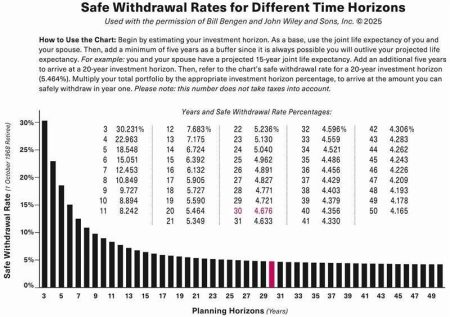Happy birthday, Social Security! President Franklin D. Roosevelt signed the Social Security Act into law on August 14, 1935, establishing a program that would grow over 90 years to become the foundation of retirement security in the United States. As we celebrate the remarkable accomplishments of Social Security during this anniversary month, it’s also important to keep an eye toward the future.
Social Security currently faces a financing gap. As a result of factors that were anticipated (declining birthrates, longer lives) and unanticipated (the significant growth in high-income earners), Social Security currently pays out more in benefits than it collects in contributions each year. This financing gap also was anticipated, so the Old Age and Survivors Insurance (OASI) trust fund was established to collect surplus revenues in earlier years (following the 1983 reforms) to cover the financing gap when it occurred.
So far the OASI trust fund has enabled Social Security to continue paying full, scheduled benefits for 42 years following those reforms, but the surplus revenues in the trust fund are being depleted. The most recent estimates by the Office of the Chief Actuary at the Social Security Administration predict that the trust fund will be completely exhausted in late 2032 – only about seven years from now. It’s important to acknowledge that if this occurs, Social Security will not go bankrupt and will continue to collect contributions and pay benefits.
However, if the trust fund is exhausted without action by Congress, then there would be across-the-board benefit cuts of 19 percent or more to bring benefits in line with ongoing contributions. And those benefit cuts would impact all current and future Social Security beneficiaries.
Social Security has faced similar funding challenges in the past that were addressed. For example, in 1983 Congress amended Social Security to address a financing challenge at that time by setting revenue targets that would be viable for a much longer timeframe than past reforms had been, as well as pushing back the full retirement age for younger workers. That effort will have led to Social Security being reliable for almost fifty years without interruption (from 1983-2032). But addressing future challenges will only get more difficult if we continue kicking the can down the road about the coming financing gap.
Five decades of steady and reliable contributions and benefit payments have resulted in highly favorable views of Social Security among the American people. Polling has consistently found that most Americans believe Social Security is an important, if not the most important, government program. More recent polling found that 83 percent of current beneficiaries believe their Social Security benefits are very important, while only one percent said they were not important at all.
These highly favorable views aren’t surprising given that Social Security is widely considered the most effective anti-poverty program in the U.S., enabling workers to be self-sufficient in retirement and preventing them from falling into poverty in their golden years. Another critical aspect of Social Security is that it provides annual cost-of-living adjustments to help older Americans keep up with inflation.
Also, Social Security becomes increasingly important and a larger portion of their total income for retirees as they age and deplete other sources of retirement income, like their 401(k) savings. While Social Security’s importance is undeniable, the benefit levels are somewhat modest for most retirees. The average monthly benefit payment is $2,007, which totals about $24,00 annually.
As we celebrate the 90th anniversary of the Social Security Act, these achievements are worth honoring. But this milestone is also a time to look ahead and ensure that a lifetime of work continues to mean a retirement with dignity. Americans want to uphold this promise: polling shows that, across political affiliation, gender, and age, the public overwhelmingly wants Congress to address the Social Security financing gap sooner rather than later — and they’re even willing to contribute more to prevent benefit cuts. Closing this gap is entirely within reach, but it demands the will and action of Congress. The best birthday gift we could give Social Security would be legislation that secures another 90 years of success.
Read the full article here









